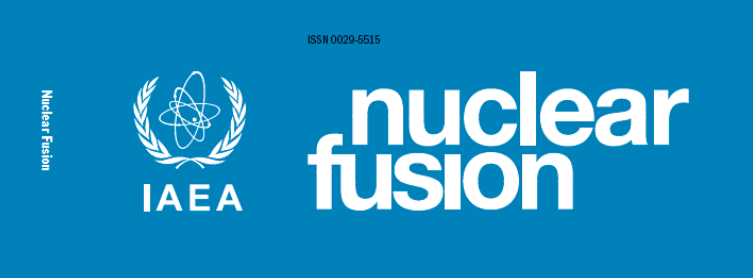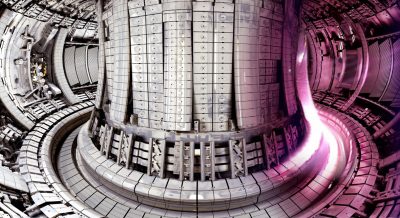
Two members of our fusion group, Mervi Mantsinen and Dani Gallart, have collaborated in four recent peer-reviewed journal papers that has been recently published in Nuclear Fusion.
Nuclear Fusion is the acknowledged world-leading journal specializing in fusion. The journal covers all aspects of research, theoretical and practical, relevant to controlled thermonuclear fusion, and enjoys a high impact factor of 3.516 (2018).
The Editorial Office of Nuclear Fusion is based at IAEA headquarters in Vienna, Austria and administers the peer review process. The IAEA works with the Board of Editors, authors and referees to ensure the quality and relevance of journal content. Production, distribution, subscription fulfilment and marketing of Nuclear Fusion in print and electronic form are undertaken by IOP Publishing, which is based in Bristol, UK. This co-publishing arrangement has been in place since 2002 and combines the IAEA’s outstanding peer review and dedicated author services with the publishing expertise of IOP Publishing.

While the topics of our four recent new papers in Nuclear Fusion are different, they all tackle specific subjects relevant for the forthcoming deuterium-tritium (D-T) experiments at JET carried out within the EUROfusion Consortium. Our group participates in EUROfusion via CIEMAT. In the following, a brief summary of each study is given.
- “Scenario development for D–T operation at JET” by L Garzotti et al.
This paper describes the status and main achievements of this scenario development activity, both from an operational and plasma physics point of view. It reviews several challenges with the new ITER-like wall (ILW) and the scenario development activity undertaken at JET during the last three years to overcome such difficulties.
- “First principles and integrated modelling achievements towards trustful fusion power predictions for JET and ITER” by J Garcia et al.
Predictability of burning plasmas is a key issue for designing and building credible future fusion devices. This paper studies the extrapolation of JET experimental campaigns with H and D to D-T in order to improve our understanding of D-T physics and optimise the JET D-T neutron yield and fusion born alpha particle physics.
- “Role of fast ion pressure in the isotope effect in JET L-mode plasmas” by N. Bonanomi et al.
This paper presents results of JET ITER-like wall L-mode experiments in hydrogen and deuterium (D) plasmas, dedicated to the study of the isotope dependence of ion heat transport by determination of the ion critical gradient and stiffness by varying the ion cyclotron resonance heating power deposition. This is specially important as the isotope effect is expected to play a central role in the present JET experiments and the future D-T plasmas where the main atomic mass will vary between 1 and 3.
- Fast ion synergistic effects in JET high performance pulses by K. Kirov et al. This paper studies fast ion synergistic effects using predictive modelling of JET best performing pulses with neutral beam injection (NBI) and radio frequency (RF) power. Calculated DD neutron yields are analysed with the goal of separating the impact of RF synergistic effects due to changes in fast ion distribution function from other effects arising from the application of RF power, such as changes in the plasma temperature.
JET is presently carrying out several campaigns in preparation for the D-T experiments. Our group is working within five experiments and collaborating in several studies in order to understand the underlying D-T plasma physics and to reach the D-T ready plasma goal of 6·1016 neutrons/second.
These are interesting times at JET. Stay tuned for more news and results!
